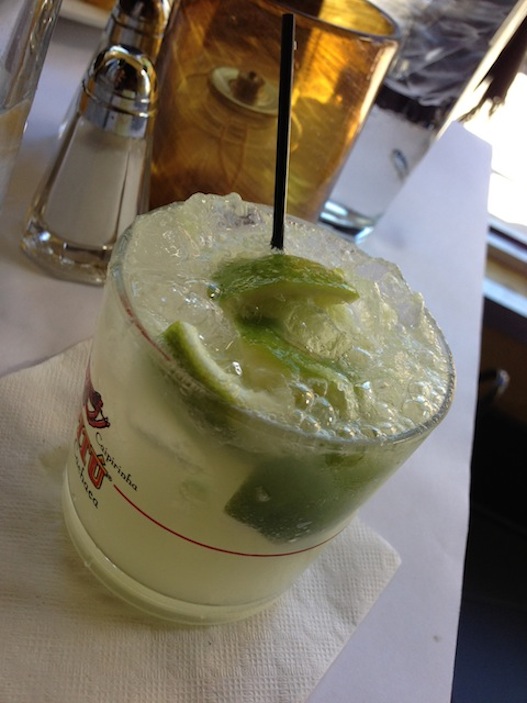How an Extra “9” Cost Me Big
It was about 8:30 in the evening, and I had just arrived at São Paulo-Guarulhos International Airport to board my flight to Washington. I checked in with time to spare and, as GRU’s entertainment options are limited, decided I’d spend another 15 or 20 minutes chatting with my friend who was so generous to bring me to the airport.
After a few minutes of talking about the country’s politics, which I know little about, we exchanged farewell pleasantries and I was on my way. In theory. The problem is, I unknowingly had left my passport and my boarding pass on the car’s dashboard, and waved as my friend drove off. I realized it within minutes, and figured I would simply give a call and, since she wasn’t far, have her turn back.
So I called. And called. And called. Each time, I heard a recorded voice on the other end saying something in Portuguese I couldn’t understand. Starting to feel a twinge of panic, I raced to the Internet shop across the departure all, and paid for 15 minutes. My friend had a smartphone, so I thought maybe an email would do the job as well. So message after message I sent, each becoming more desperate in tone, eagerly refreshing my inbox after each one. Nothing.
Next recourse was to buy an hour of wifi from the same shop, and hopefully have my phone connect to a chat messenger like Whatsapp, which I knew my friend also had. Except that it wouldn’t connect, and by this time, I was sure she was nearly back to Sao Paulo. Sure enough, I got a phone call after an hour that said she was back at home and just now had seen my messages.
While I was relieved that I had located my passport, my flight was long gone by this point.
My friend was kind enough to come back to GRU and pick me up, and I asked, rather incredulously, why she had changed her number. Except she hadn’t. Brasil had changed it for her.
In late July of last year, due to the shortage of mobile numbers, every mobile phone number in the country had a “9” added to the front of it, just after the area code. While I had remembered hearing about it, I didn’t make the connection and actually go into my contacts list and change the number. Those words I couldn’t understand on the other end of the phone told me the same as well, but the announcement wasn’t in English.
A lesson for the books, and hopefully it will be decades before Brasil has to add another digit, but make sure you have your contacts fresh!
.jpg)

















